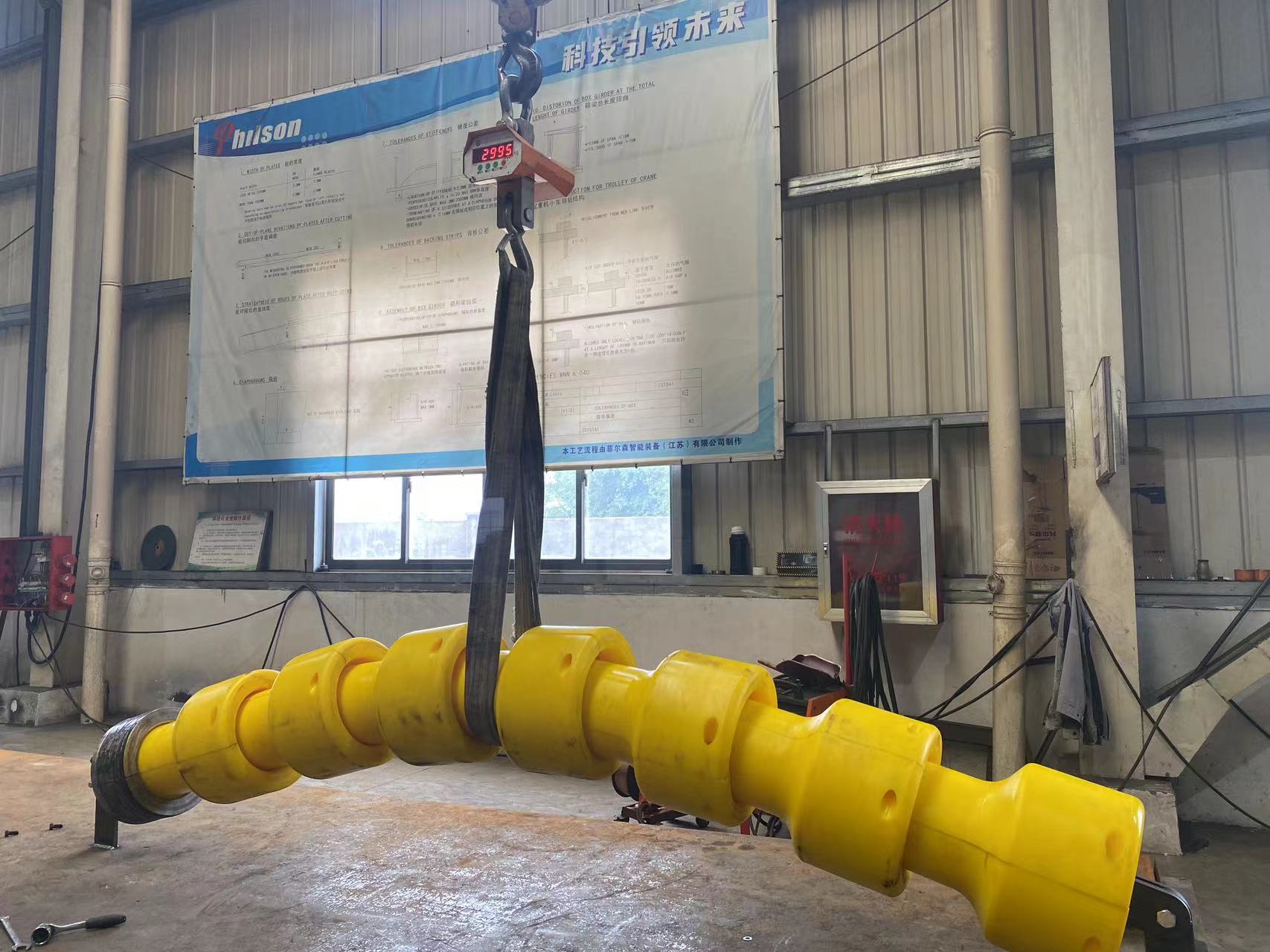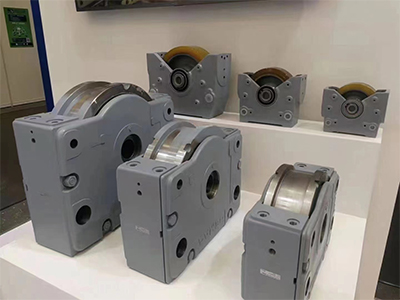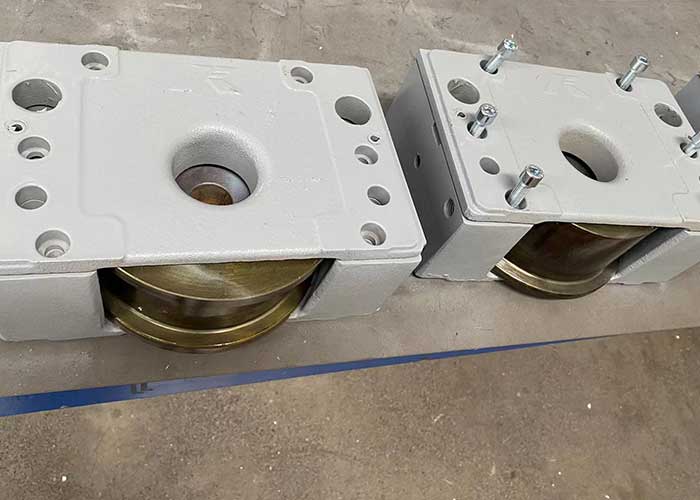Polyurethane Submarine Cable Bending Restrictor Made in China
Polyurethane submarine cable bending restrictors made in China have emerged as a critical component in safeguarding subsea power and communication cables, combining advanced material science with precision engineering to address the challenges of deepwater installations. Designed to prevent excessive bending, abrasion, and fatigue in submarine cables, this Chinese-manufactured solution is reshaping global offshore energy and telecommunications projects with its cost-efficiency, reliability, and adaptability to harsh marine environments.

Core design and material excellence of polyurethane bending restrictors
Polyurethane submarine cable bending restrictors made in China leverage polyurethane’s superior properties—high elasticity, corrosion resistance, and exceptional load-bearing capacity—to outperform traditional rubber or metal restrictors. Engineered to maintain optimal bend radii, the restrictor’s polyurethane matrix absorbs dynamic stresses caused by tidal currents, vessel movements, or seabed shifts, ensuring long-term cable integrity. Chinese manufacturers utilize advanced injection molding and CNC machining techniques to produce customizable restrictors tailored to cable diameters ranging from 50 mm to 300 mm, meeting international standards such as IEC and ASTM.
Operational advantages of bend limiters
Enhanced durability: Polyurethane submarine cable bending restrictors made in China resist saltwater degradation, UV exposure, and biofouling, extending service life by 30–50% compared to conventional materials.
Cost efficiency: China’s streamlined production processes and economies of scale reduce costs by up to 40%, making it a preferred choice for large-scale offshore wind farms and transoceanic cable projects.
Ease of installation: Modular designs allow rapid deployment via ROVs (Remotely Operated Vehicles), minimizing vessel downtime during cable-laying operations.
Environmental compliance: Non-toxic, recyclable polyurethane aligns with global sustainability initiatives, reducing ecological impact in sensitive marine ecosystems.
Marine cable bend restrictor applications in global subsea projects
Polyurethane submarine cable bending restrictor made in China is integral to:
Offshore wind energy: Protecting dynamic export cables in wind farms like China’s Guangdong Province installations or Europe’s North Sea projects, where tidal forces demand robust bending control.
Intercontinental data cables: Ensuring signal integrity in fiber-optic networks, such as the Asia-Africa-Europe-1 (AAE-1) cable system, by preventing micro bend-induced attenuation.
Oil and gas infrastructure: Shielding umbilicals and power cables in deepwater oil fields, including the South China Sea and Brazil’s pre-salt basins.
Integration with smart technologies
Chinese manufacturers are integrating IoT-enabled sensors into polyurethane submarine cable bending restrictors, enabling real-time monitoring of stress, temperature, and wear. Data is transmitted to onshore control centers, where AI algorithms predict maintenance needs and optimize cable routing. Compatibility with ROVs and AUVs (Autonomous Underwater Vehicles) further enhances operational precision in depths exceeding 2,000 meters.
Future trends and global impact of subsea energy solutions
As demand for renewable energy and digital connectivity surges, polyurethane submarine cable bending restrictors made in China are poised to play a pivotal role. Innovations such as 3D-printed restrictors for complex geometries and self-healing polyurethane formulations are underway. Additionally, China’s Belt and Road Initiative (BRI) is driving the deployment of these solutions in emerging markets, fostering international partnerships in subsea infrastructure development.
Polyurethane submarine cable bending restrictors made in China exemplify the fusion of cutting-edge material science and strategic manufacturing prowess. By delivering unmatched durability, cost savings, and environmental sustainability, it supports the global transition to renewable energy and digital interconnectedness. As China continues to innovate, this technology will remain indispensable in building resilient subsea networks capable of withstanding the challenges of tomorrow’s oceans.



